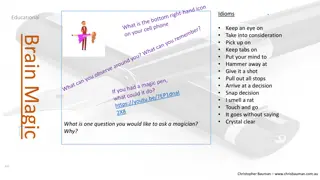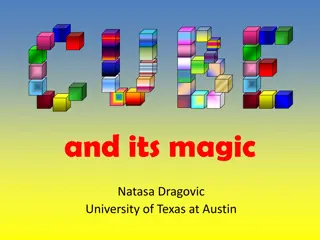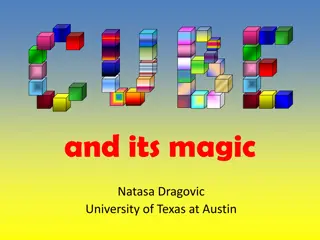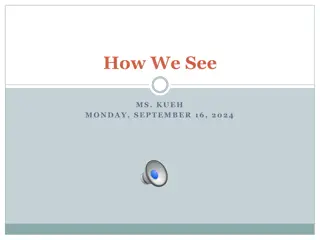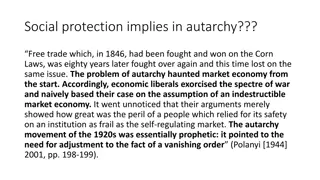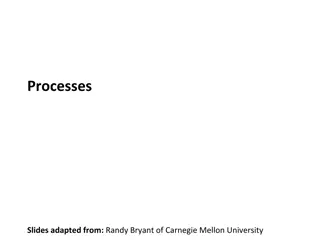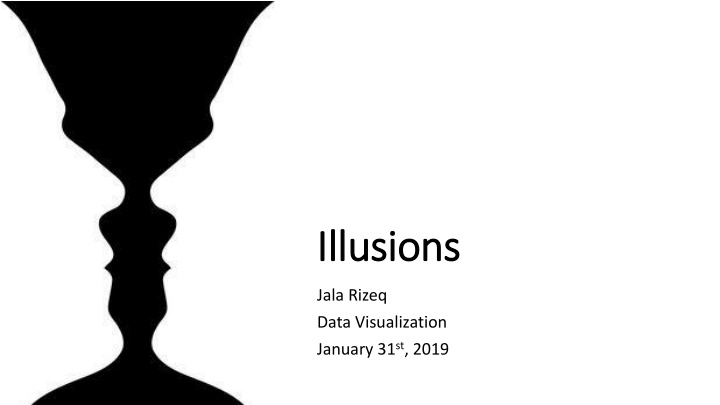
Mind-Bending Visual Illusions and Psychological Phenomena
Explore a collection of intriguing visual illusions and cognitive phenomena, from the famous Café Wall Illusion to the Troxler's Fading Circle Illusion. Discover how our brains interpret color, shadow, and graphical information in unique ways. Delve into the world of illusions and optical tricks that challenge our perception and understanding of reality.
Download Presentation

Please find below an Image/Link to download the presentation.
The content on the website is provided AS IS for your information and personal use only. It may not be sold, licensed, or shared on other websites without obtaining consent from the author. If you encounter any issues during the download, it is possible that the publisher has removed the file from their server.
You are allowed to download the files provided on this website for personal or commercial use, subject to the condition that they are used lawfully. All files are the property of their respective owners.
The content on the website is provided AS IS for your information and personal use only. It may not be sold, licensed, or shared on other websites without obtaining consent from the author.
E N D
Presentation Transcript
Illusions Illusions Jala Rizeq Data Visualization January 31st, 2019
Graphical perception extracting information from graphs Graphical cognition visual processing requiring that we consciously inspect things and be able to make statements such as the smallest person is the second from the top
The famous Caf Wall Illusion named by psychologist Richard Gregory in 1970s The parallel horizontal lines appear to be bent. Notice that each brick is surrounded by the grey line, so a colour in between the dark and light colour of the bricks. The distortion is highly dependent on the luminance contrast of the tiles: it increases with increased luminance contrast.
The Caf Wall display, showing the basic effect of change of luminance of the mortar lines. The illusion is only present when the mortar luminance lies between, or at least is not far outside, the luminances of the dark and light tiles. The mortar width was controlled with spacers (Figure 3 taken from Gregory and Heard 1979).
The original of the Caf Wall, St Michael s Hill, Bristol.
There is no spiral in the photo - squares that our eyes incorrectly understand as spiral.
An example of a peripheral drift illusion perceive still images as moving ones. The image was inspired by the famous illusion "Rotating Snakes," created by Japanese psychologist and professor Akiyoshi Kitaoka in 2003.
An example of the Troxler s fading circle illusion. Discovered in 1804 by Ignaz Troxler, a Swiss physician and philosopher. If you focus on this image for about 30 seconds, it'll disappear completely.
Checker shadow illusion- the effect has to do with the way our brains interpret color and shadow.
Your brain is always comparing things - Square A is surrounded by lighter squares, making it appear darker, while Square B is surrounded by darker squares, making it look lighter. The shadow also messes with your perception and amplifies the effect.
Popular example in Popular example in advertising advertising
Sources http://brainden.com/line-illusions.htm#prettyPhoto[pp_gal]/0/ https://visme.co/blog/best-optical-illusions/ https://www.scientificpsychic.com/graphics/index.html https://www.thisisinsider.com/best-optical-illusions-photos-2017- 10#this-photo-of-kendall-jenner-kylie-jenner-and-hailey-baldwin- went-viral-earlier-this-year-but-not-for-the-reason-you-might-think- 36 http://www.richardgregory.org/papers/cafe_wall/cafe-wall.pdf https://journals.sagepub.com/doi/pdf/10.1068/p250503

